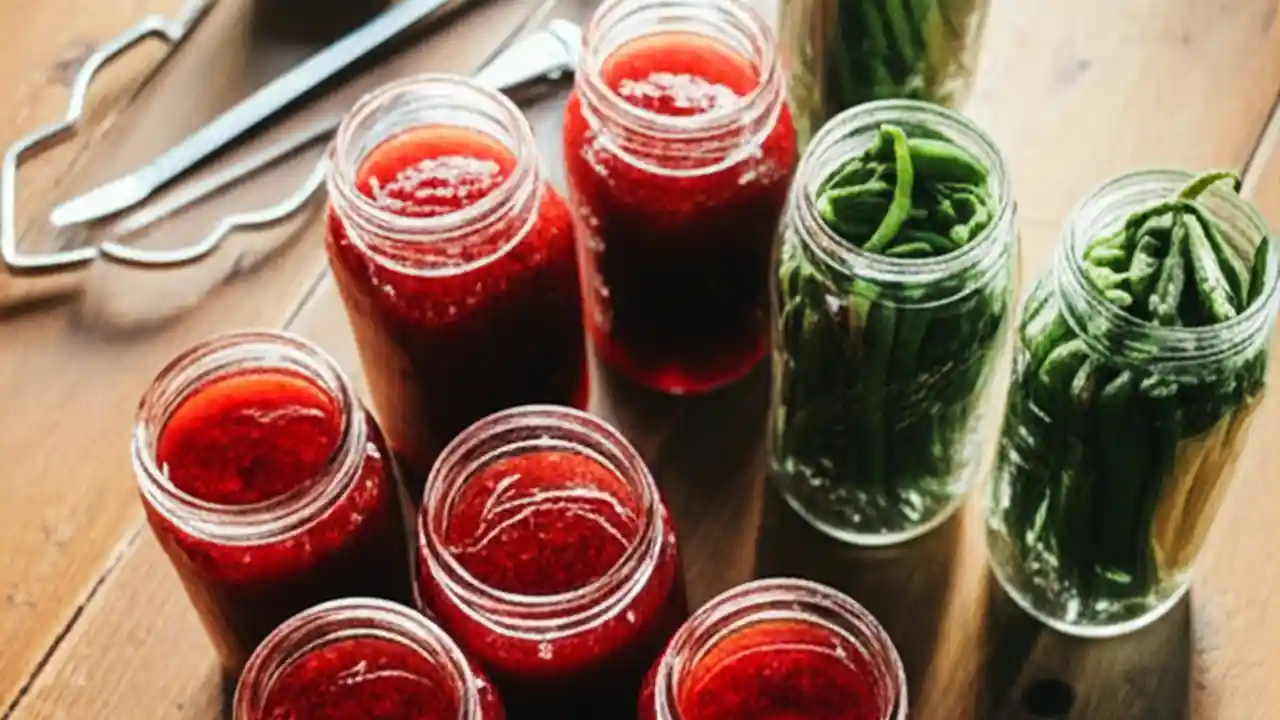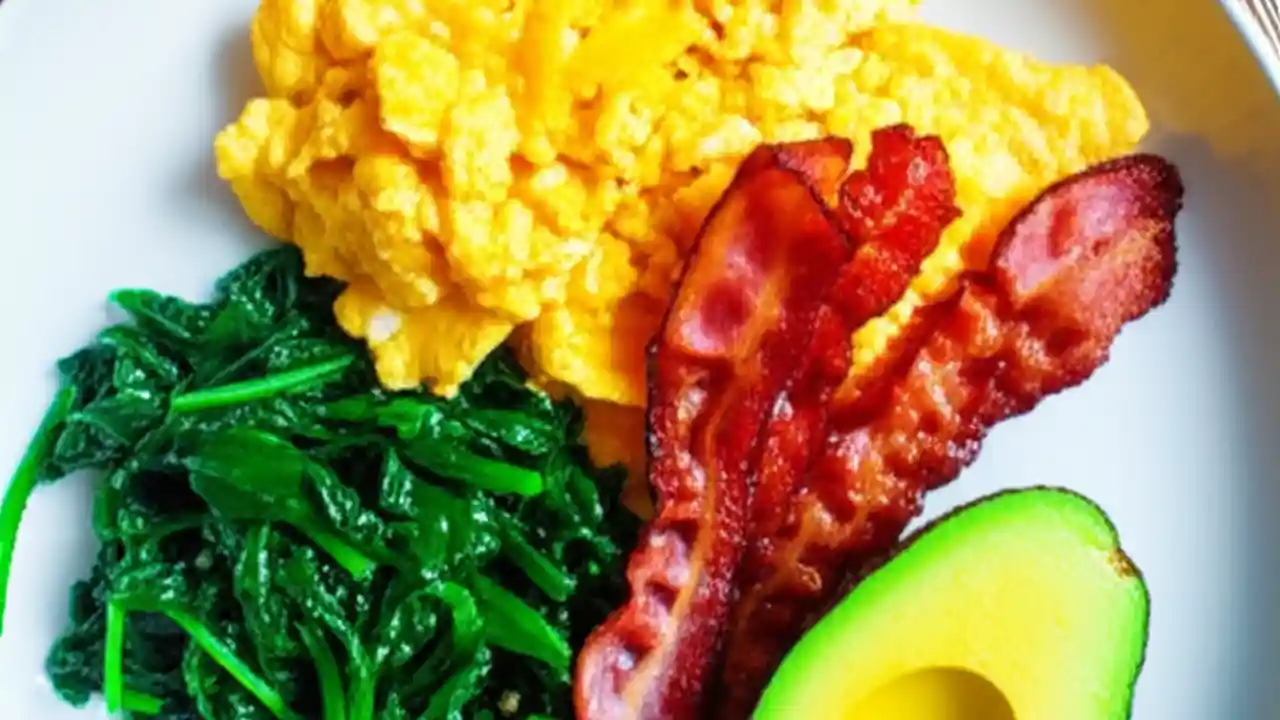The easiest way to make your kitchen more functional is by thinking in “zones” for your daily tasks—like prepping, cooking, and cleaning—and then organizing your tools and ingredients around those areas. This simple shift in mindset, which I’ve seen transform hundreds of kitchens over my career, stops you from running in circles and makes every action more efficient. It’s less about a full remodel and more about smart, strategic organization.
Whether you’re battling a small kitchen layout or just tired of cluttered countertops, you’ve come to the right place. We’re going to dive deep into practical, easy-to-implement strategies. We will cover everything from mastering your layout with kitchen organization hacks to finding clever storage solutions that make your space work for you, not against you.
This guide is designed to be your final stop, providing clear steps that will turn your kitchen from a source of frustration into the functional heart of your home. Let’s get started.
Table of Contents
Mastering Your Kitchen Layout: The Foundation of Functionality
Before you buy a single container, understanding your kitchen’s flow is crucial. A good layout is the invisible force behind an efficient kitchen. It dictates how you move, how easily you can access things, and how pleasant the space is to work in. For years, designers relied on one core principle, but modern life has introduced a more flexible and, in my opinion, more effective approach.
What is the “kitchen work triangle” and is it still relevant in 2025?
The “kitchen work triangle” is a classic design concept that connects the three main work areas: the sink, the refrigerator, and the stove. The idea is that these three points should form a triangle, with each leg being between 4 and 9 feet long. This minimizes the steps a cook takes while moving between key tasks.
So, is it still relevant? Yes, but with a major update. The traditional triangle was conceived when kitchens were smaller and typically used by one person. Today’s kitchens are often larger, open-concept spaces and serve as social hubs. This is where the concept of “work zones” becomes far more practical.
Think of zones as an evolution of the triangle. Instead of just three points, you create mini-stations for every major kitchen activity. This approach works in any kitchen size and adapts to how *you* actually live and cook.
What are “kitchen zones” and how do I set them up for modern cooking?
Setting up kitchen zones is the single most impactful change you can make for functionality. The goal is to store everything you need for a specific task right where you perform that task. It’s incredibly intuitive. Here’s how to create the most common and useful zones:
- Prep Zone: This is where the magic begins. Ideally, it’s a clear stretch of counter space between your sink and your stove. Store mixing bowls, cutting boards, knives, measuring cups, and common spices here. When you bring groceries in, this is where you’ll wash and chop them.
- Cooking Zone: This is the area immediately around your stove and oven. Keep your pots, pans, cooking utensils (spatulas, ladles), and cooking oils in the cabinets and drawers right here. No more dashing across the kitchen for a pan while your onions are burning.
- Cleaning Zone: This area is centered around the sink and dishwasher. It should house your trash and recycling bins, dish soap, sponges, dishwasher detergent, and a drying rack. It makes cleanup a seamless, one-stop process.
- Storage Zone (Consumables): This is your pantry and refrigerator. It’s for food items. Try to group like items together: pastas and grains, canned goods, snacks, etc. This zone should be easily accessible from the prep zone.
- Storage Zone (Non-Consumables): This area is for your everyday dishes, glasses, and silverware. The ideal location is near the dishwasher. Why? Because it makes unloading the dishwasher incredibly fast and easy. You can empty it without taking more than a step or two.
A client of mine with a long, narrow galley kitchen felt constantly cramped. We couldn’t change the layout, so we implemented zones. We put all her prep tools in the drawers under the one good piece of countertop, and her dishes in a cabinet right above the dishwasher. She said it felt like her kitchen had doubled in size, simply because she wasn’t running back and forth anymore.
Smart Storage Solutions: Winning the War on Clutter
Once your zones are defined, the next step is to optimize the storage within them. Effective storage isn’t about having more space; it’s about using the space you have more intelligently. This means going vertical, taming chaotic drawers, and making every cabinet work harder.
How do I properly organize my kitchen cabinets and drawers?
Organizing cabinets is a weekend project that pays dividends for years. Follow this simple, five-step method for a lasting solution:
- Empty & Clean: Take everything out. Everything. This is the only way to see what you truly have. Wipe down the empty shelves and drawers for a fresh start.
- Purge & Sort: Be ruthless. Create three piles: Keep, Donate/Give Away, and Trash. Get rid of duplicate utensils, expired spices, and that quesadilla maker you haven’t used since 2018. If an item doesn’t serve a purpose or bring you joy, it’s clutter.
- Categorize: Group the “Keep” items into logical categories based on your zones. All baking supplies together, all coffee and tea items together, all food storage containers together.
- Contain & Assign: This is the fun part. Use containers, dividers, and organizers to give every single item a designated home. Drawer dividers are non-negotiable for utensils. Clear bins are fantastic for pantry items. Place everything back into the cabinets and drawers *within its designated zone*.
- Label (Optional but Recommended): For bins in the pantry or on high shelves, a simple label saves you from pulling everything down just to find the flour.
What are some clever storage hacks for pots, pans, and lids?
Pots, pans, and especially their lids are notoriously awkward to store. Forget just stacking them. Here are some solutions that work:
- Vertical Dividers: Use simple, adjustable tension rods or a dedicated bakeware organizer to store baking sheets, cutting boards, and frying pans on their sides. It’s like a file cabinet for your cookware.
- Lid Organizers: Mount a simple rack on the inside of a cabinet door to hold all your lids. This is one of the most satisfying and space-saving hacks you can do.
- Pull-Out Organizers: If your budget allows, a two-tiered pull-out organizer for a base cabinet can make accessing pots in the back effortless.
- Hanging Pot Racks: If you have the ceiling height or wall space, a pot rack frees up an entire cabinet and keeps your most-used items within easy reach.
How do I organize my refrigerator for maximum efficiency?
An organized fridge doesn’t just look good; it reduces food waste and makes meal prep faster. Apply the zone logic here, too.
| Fridge Area | Best For | Why It Works |
|---|---|---|
| Upper Shelves | Leftovers, drinks, ready-to-eat foods (yogurt, hummus). | This area has the most consistent temperature. It’s also at eye-level, reminding you to eat leftovers. |
| Lower Shelves | Raw meat, eggs, dairy. | This is the coldest part of the fridge. Storing raw meat here also prevents cross-contamination if it leaks. |
| Crisper Drawers | Fruits and vegetables. | These drawers are designed to maintain specific humidity levels. Keep fruits and veggies separate if possible. |
| Door | Condiments, juices, water. | The door is the warmest part of the fridge, so only store items that are least likely to spoil here. Avoid milk or eggs. |
Use clear, stackable bins to group similar items like yogurts or snacks. This creates “drawers” on your shelves, letting you pull out a whole category at once.
Are pull-out shelves or cabinet organizers worth the investment?
In my experience, absolutely yes, especially for deep base cabinets or blind corners. The “back of the cabinet” is where kitchen tools go to be forgotten. Pull-out hardware brings the back of the cabinet to you.
Consider the cost versus the frustration. If you’re on your hands and knees every day digging for a pot, the one-time cost of a pull-out organizer is a small price to pay for your daily sanity and the full use of your storage space. They are a true game-changer for accessibility, especially for anyone with limited mobility.
Maximizing Every Inch: Counter Space & Vertical Real Estate
Counter space is the most valuable real estate in the kitchen. When it’s cluttered, the whole room feels dysfunctional. The key is to clear the decks and think vertically.
What are the best ways to increase counter space without a remodel?
You’d be amazed how much space you can reclaim with a few smart additions. Here are some of my favorite methods:
- Go Vertical: Use your walls! Install a magnetic knife strip to get the knife block off the counter. Add a small rail system with hooks for frequently used utensils. A tiered fruit basket holds more than a bowl while using less surface area.
- Over-the-Sink Solutions: An over-the-sink cutting board or dish rack instantly creates a new work surface. When you’re not using the sink, you have extra prep space.
- Appliance Garage: If you have the cabinet layout for it, dedicating one lower cabinet area as an “appliance garage” for your toaster, blender, or coffee maker keeps them accessible but out of sight.
- Multi-Functional Appliances: When it’s time to replace an appliance, choose one that does multiple jobs. A high-quality blender that can also make hot soup, or an air fryer that’s also a toaster oven, saves a ton of space.
- Use a Rolling Cart: A small kitchen cart or island can serve as a mobile prep station. You can move it where you need it and tuck it away when you don’t.
How can I make my small kitchen feel more functional?
Small kitchens are all about editing and efficiency. Every item must earn its place. In a small space, the principles we’ve discussed become even more critical.
| Common Small Kitchen Problem | Functional Solution |
|---|---|
| Not enough counter space. | Utilize wall space with magnetic strips and shelving. Use an over-the-sink cutting board. |
| Cluttered, deep cabinets. | Install pull-out organizers or use deep bins to access the back. Store pots and pans vertically. |
| No room for a pantry. | Use the back of a door with an over-the-door rack. Dedicate one or two tall cabinets to food storage with clear, labeled bins. |
| Feeling dark and cramped. | Add under-cabinet LED lighting. This is a cheap, easy DIY that makes a huge difference in perceived space and functionality. |
| Too many single-use gadgets. | Be ruthless in decluttering. Keep only multi-functional tools and appliances that you use regularly. |
Workflow & Efficiency: Making Daily Tasks a Breeze
A truly functional kitchen isn’t just organized—it’s easy to work and live in. This final layer of optimization is about refining your daily habits and environment to create a smooth, effortless experience.
How can I declutter my kitchen for good?
Decluttering isn’t a one-time event; it’s a habit. The key to keeping clutter at bay is to create systems that make it easy to stay organized.
- The “One-In, One-Out” Rule: When you buy a new mug, donate an old one. When you get a new spatula, get rid of the worn-out one. This prevents accumulation.
- Designate a “Clutter Hotspot”: Mail, keys, and random items always land on the counter. Acknowledge this by creating a single, small tray or bowl for these things. It contains the mess to one spot that you can sort through weekly, rather than letting it spread everywhere.
- The 5-Minute Tidy: Before you go to bed, spend just five minutes putting things back in their designated homes. Wipe down the counters. This small habit prevents small messes from turning into big projects.
What’s the best lighting for a functional kitchen?
Lighting is a functional tool that is often overlooked. A poorly lit kitchen is not only depressing but also unsafe for tasks like chopping. You need layers of light.
- Ambient Lighting: This is your main, overall light, usually from a ceiling fixture. It should illuminate the whole room.
- Task Lighting: This is the most important light for functionality. It illuminates your work zones. The number one priority should be under-cabinet lighting. It lights up your countertops directly, eliminating shadows cast by your body.
- Accent Lighting: This is optional but nice to have. It could be pendant lights over an island or lights inside a glass-front cabinet. It adds depth and style.
Upgrading to under-cabinet LED light strips is one of the highest-impact, lowest-cost projects for improving kitchen functionality.
How can I make my kitchen easier to clean and maintain?
An easy-to-clean kitchen is an inherently more functional kitchen. The secret is to reduce the places where grime can build up.
- Clear Countertops: The fewer items on your counter, the faster it is to wipe down. This is another reason to store appliances and utensils away.
- Use Trays and Liners: Place a tray under your cooking oils to catch drips. Use liners on pantry shelves and in refrigerator drawers to make cleaning up spills as simple as replacing the liner.
- A Splatter Guard: A simple screen placed over a frying pan dramatically reduces the amount of grease that splatters onto your stovetop and backsplash.
- The “Clean As You Go” Method: This is a habit all professional chefs use. While waiting for water to boil, wash the prep bowls you just used. Before sitting down to eat, load the dishwasher with cookware. It breaks a big cleaning task into tiny, manageable steps.
Functional Kitchens on a Budget: Smart Upgrades That Won’t Break the Bank
Improving your kitchen’s functionality doesn’t require a loan. Many of the most effective changes are surprisingly affordable. It’s about being strategic with where you spend your money.
Can I improve kitchen functionality on a tight budget?
Absolutely. Some of the most significant improvements cost very little. Focus on organization and lighting first. A $20 set of drawer dividers can bring more daily joy than a $2,000 appliance. Start with a deep declutter—that’s free! Then, assess your biggest frustration point. Is it dark counters? A messy utensil drawer? A chaotic pantry? Target that one problem first.
What are some must-have kitchen organizers I can buy for under $50?
You can completely overhaul your kitchen’s pain points with just a few smart purchases. Here is a “starter kit” of high-impact organizers that deliver incredible value:
| Organizer | Average Cost | Problem It Solves |
|---|---|---|
| Adjustable Drawer Dividers | $15 – $25 | Stops the utensil jumble. Creates a specific home for every tool. |
| Under-Cabinet LED Light Strip (Peel-and-Stick) | $20 – $30 | Instantly brightens your workspace, making prep safer and easier. |
| Expandable Tiered Shelf for Spices | $15 – $20 | Lets you see all your spices at once, so you don’t buy duplicates. |
| Cabinet Door Lid Organizer | $10 – $20 | Frees up a huge amount of shelf space and tames unruly pot lids. |
| A Set of Clear, Airtight Bins | $25 – $40 | Streamlines your pantry, keeps food fresh, and makes inventory easy. |
Conclusion
Transforming your kitchen into a highly functional space is a journey of small, intentional changes. It begins with understanding your workflow through zones, continues with smart storage and decluttering, and is perfected by optimizing your environment with good lighting and easy-to-clean habits. You don’t need a bigger kitchen; you need a smarter one. By implementing even a few of these easy strategies, you can create a kitchen that supports your daily life, reduces stress, and becomes a place you truly love to be in.
Feeling inspired to tackle your kitchen? Share this guide with a friend who could use a little more function in their life!













